The dawn chorus of birds is one of nature’s most enchanting symphonies, a melodious awakening that has captivated humans for centuries. For birdwatchers, timing is everything when it comes to witnessing the most vibrant avian activities, particularly during the morning hours when songbirds are most vocal and active. The early morning represents a golden window of opportunity to observe birds engaged in their most natural behaviors—from territorial singing to feeding frenzies. Understanding the optimal times to position yourself with binoculars in hand can dramatically enhance your birdwatching experience and increase your chances of spotting rare or elusive species. In this comprehensive guide, we’ll explore the ten best times to watch morning songbirds, backed by ornithological insights and seasoned birdwatchers’ wisdom.
1. The Magical Pre-Dawn Hour (30-45 Minutes Before Sunrise)
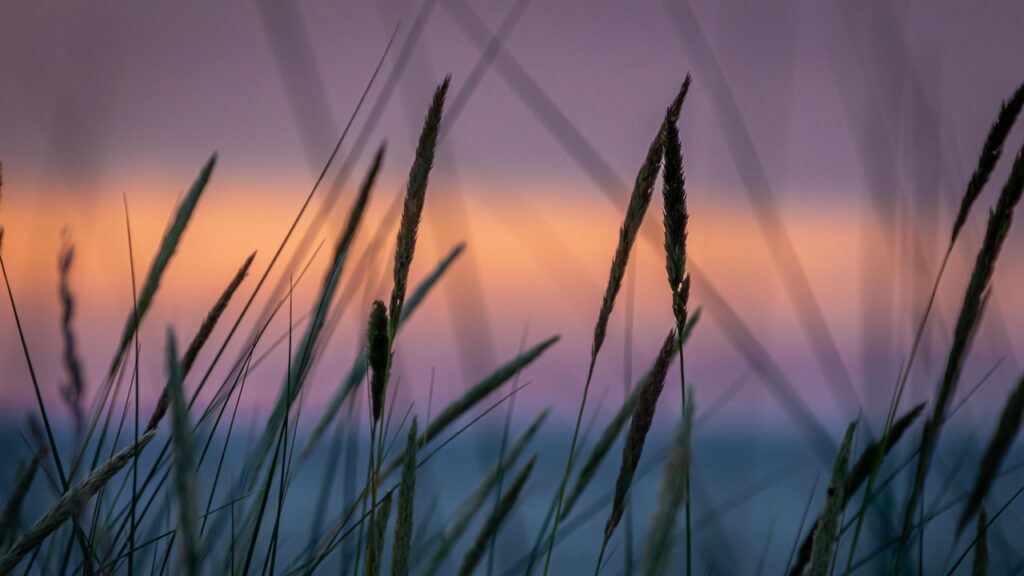
The period just before the first light breaks across the horizon is often referred to as the “prime time” among dedicated birdwatchers. During these precious moments, typically 30-45 minutes before official sunrise, the first songbirds begin their morning repertoire. American Robins, Song Sparrows, and Eastern Phoebes are frequently among the earliest performers, their distinct calls piercing through the quiet darkness. This pre-dawn chorus starts softly and builds gradually as more species join in, creating a perfect opportunity to identify birds by their songs before visual confirmation becomes possible. The stillness of the landscape during this time also means that sound travels farther, allowing you to detect birds that might be at considerable distances from your observation point.
2. First Light Peak Activity (Sunrise to 30 Minutes After)
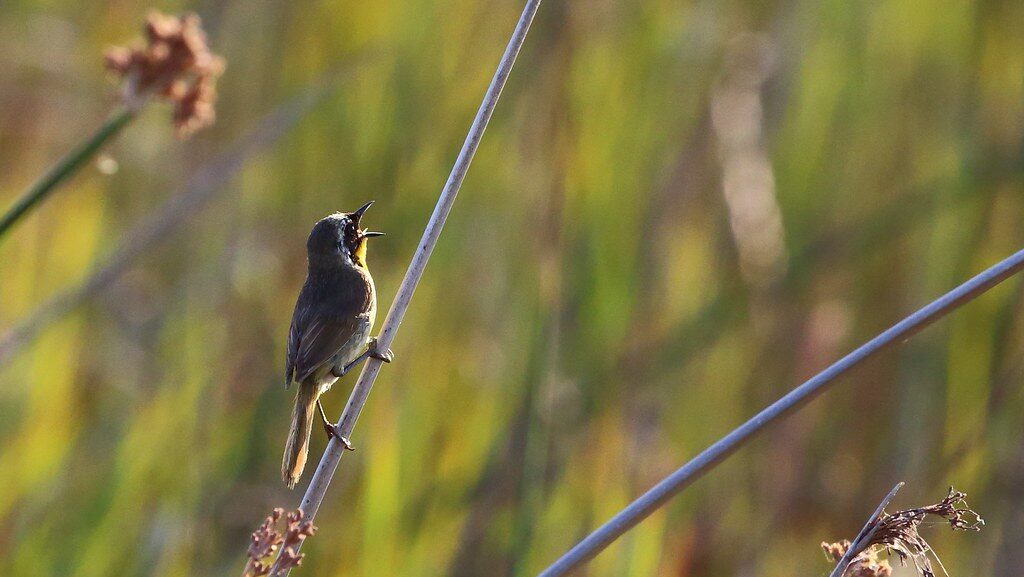
The moment of sunrise triggers an explosion of avian activity that ornithologists often refer to as the “morning peak.” During this 30-minute window after the sun breaks the horizon, approximately 80% of songbird species will be actively calling, creating the most concentrated chorus of the day. Warblers, vireos, and thrushes reach their vocal pinnacle during this period, staking their territorial claims and attracting potential mates. The low-angled sunlight creates dramatic backlighting that highlights birds’ plumage, making identification easier and offering photographers exceptional opportunities to capture birds in their most vibrant colors. This time frame also coincides with many insects becoming active, providing birds with ample feeding opportunities that bring them into more visible positions as they forage.
3. The Breakfast Rush (1-2 Hours After Sunrise)
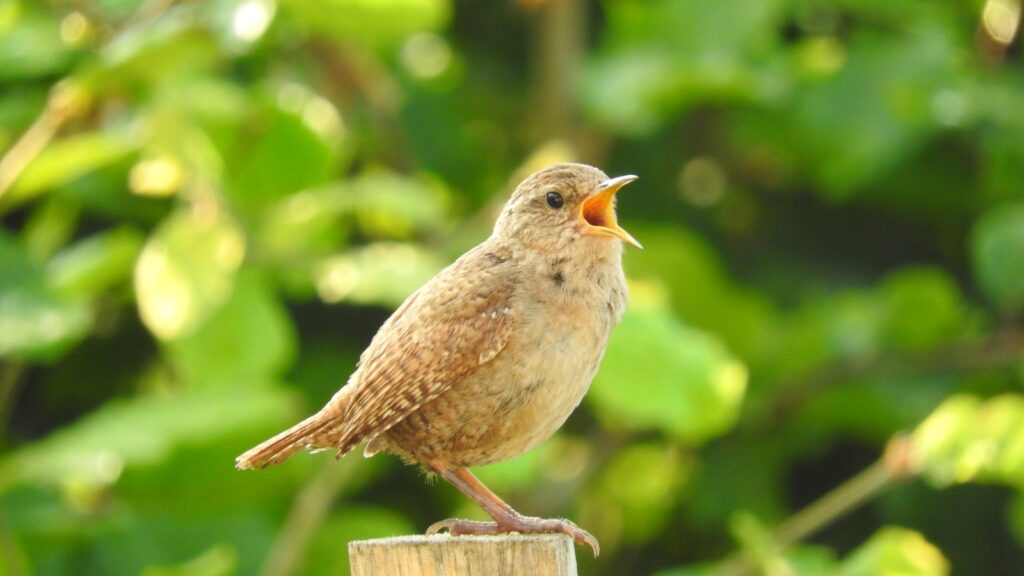
Following the intense period of dawn singing, birds transition to what birdwatchers call the “breakfast rush” approximately 1-2 hours after sunrise. Having announced their presence and territory, most songbirds now focus intently on replenishing energy reserves depleted overnight, making this an excellent time to observe feeding behaviors. Seed-eaters like finches, sparrows, and cardinals become particularly visible as they descend to ground level or feeding stations. Insectivorous species such as swallows, flycatchers, and warblers can be seen darting through the air or gleaning insects from vegetation with remarkable agility. This time period offers birdwatchers an opportunity to observe complex feeding strategies and interactions between different species as they compete for food resources.
4. Seasonal Spring Breeding Season (March to June)

The spring months from March through June represent the pinnacle of morning songbird activity across most of North America and Europe. During this breeding season, male songbirds are at their most vocal and visually conspicuous as they compete intensely for mates and territories. Dawn choruses during April and May can begin as early as 4:00 AM in northern latitudes and feature the fullest repertoire of songs and displays that birds will demonstrate all year. Migration peaks during this period also mean you’re likely to encounter species passing through that might not be visible during other seasons. The combination of breeding behaviors, territorial disputes, and courtship displays makes spring mornings the most rewarding time of year for observing complex avian social dynamics.
5. Post-Rainfall Mornings (Within 1 Hour After Rain Stops)
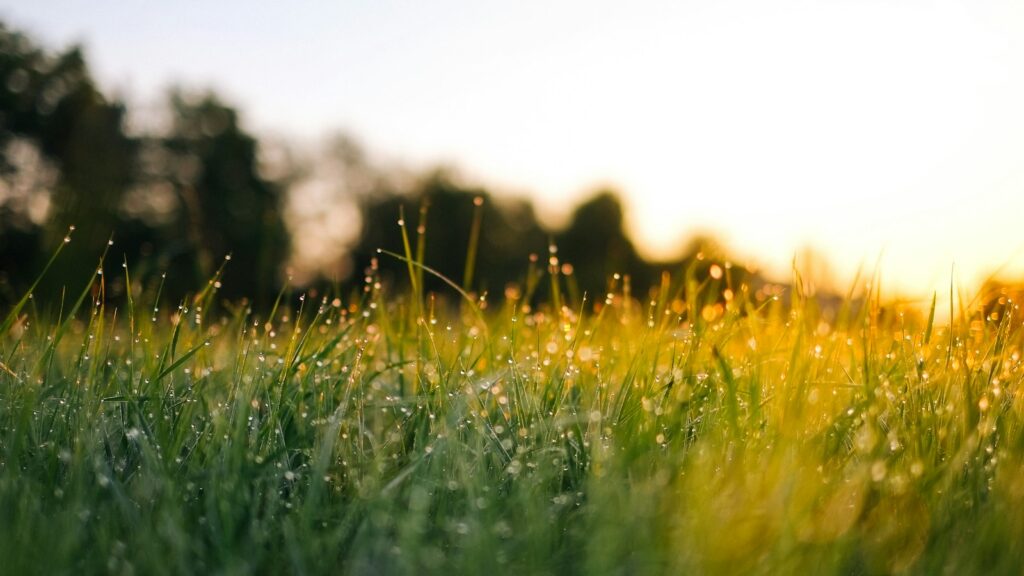
The period immediately following rainfall, particularly in spring and summer, triggers extraordinary bird activity that experienced birdwatchers eagerly anticipate. When rain ceases, especially if it stops around dawn, birds emerge enthusiastically to feed on the sudden abundance of insects and worms brought to the surface by the moisture. The combination of cleared skies, freshly-washed foliage, and heightened feeding activity creates ideal conditions for both observation and photography. Many ground-feeding species like thrushes become notably bold during these post-rain feeding frenzies, venturing into more exposed areas than they typically would. The enhanced humidity following rainfall also carries sound more effectively, making bird calls seem louder and more distinct even at greater distances.
6. Foggy Mornings (Dawn Until Fog Dissipates)
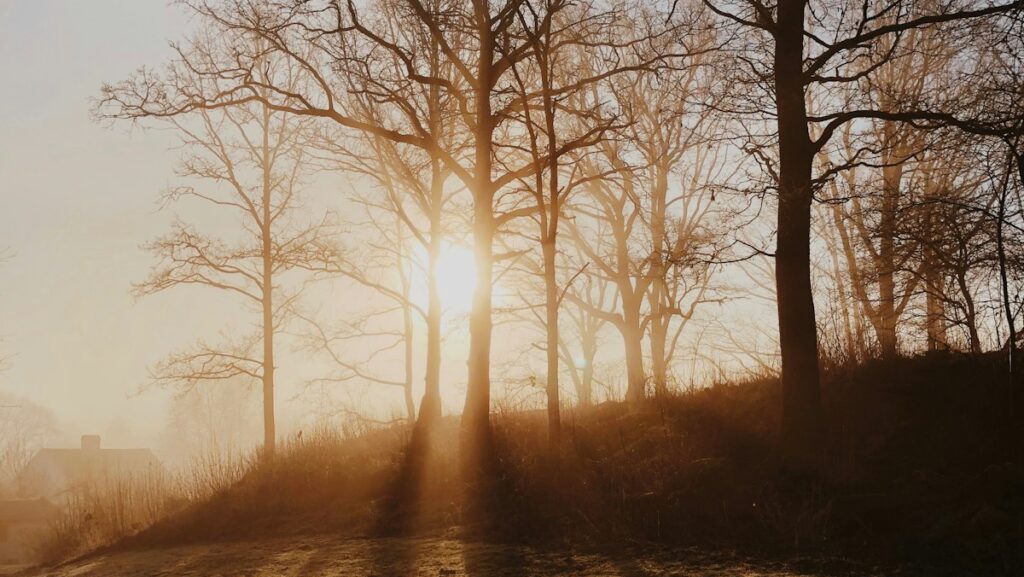
Contrary to what might seem intuitive, foggy mornings offer unique advantages to the patient birdwatcher willing to brave the reduced visibility. Birds often adjust their behaviors during fog, flying at lower altitudes and calling more frequently to maintain contact with flock members, essentially compensating for the limited visibility. The diffused light of foggy mornings eliminates harsh shadows, creating perfect conditions for photography once birds come into view. Water-loving species like herons and kingfishers often become more active during morning fog as the conditions mimic their preferred dawn feeding times while reducing disturbance from human activities. Additionally, as fog gradually lifts, it creates sequential viewing opportunities as different layers of the habitat become visible, offering a methodical way to scan for species at varying heights.
7. Early Autumn Migration Mornings (August to October)

The early autumn period from August through October presents a second annual peak for morning birdwatching as migration patterns bring a dynamic mix of resident and transient species together. During these mornings, birds are often gathered in mixed feeding flocks, temporarily setting aside territorial behaviors as they focus on building energy reserves for migration. Dawn activity during this period frequently centers around fruit-bearing trees and shrubs, with species like Cedar Waxwings, thrushes, and certain warblers gorging on berries before continuing their journeys. This season offers the unique opportunity to observe both summer residents and fall migrants simultaneously, sometimes allowing birdwatchers to spot rare species that might be passing through for just a few days each year. The cooler temperatures of autumn mornings also mean birds remain active longer into the morning than during summer heat.
8. Winter Feeding Frenzies (First Two Hours After Dawn)
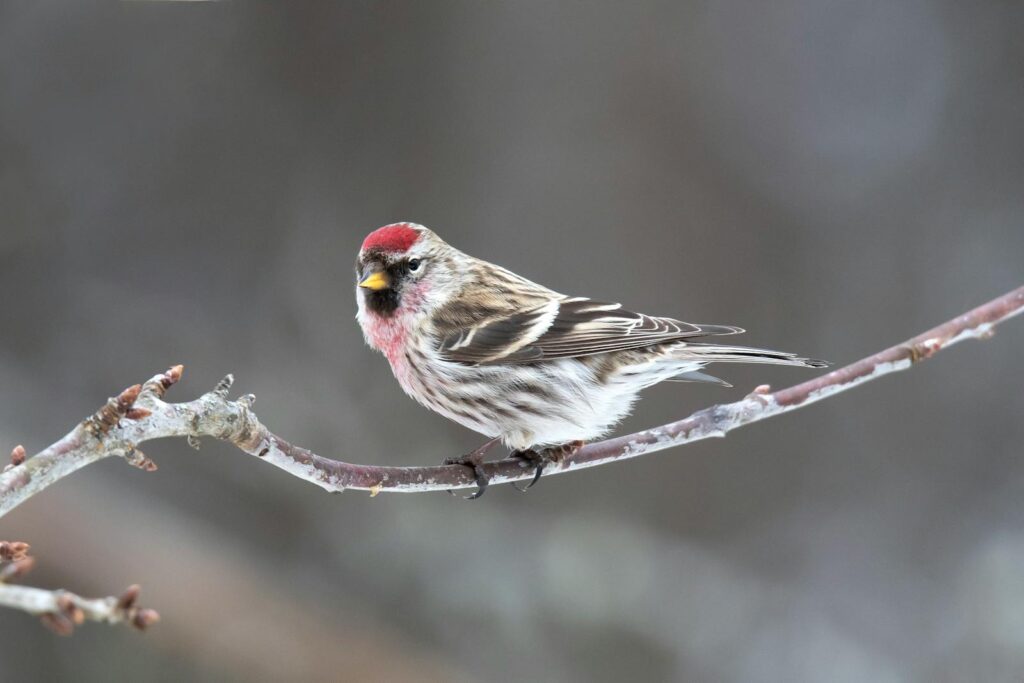
Winter mornings present a distinctly different but equally rewarding birdwatching experience, with the first two hours after sunrise being particularly productive. During these cold months, birds face the urgent challenge of replenishing energy reserves depleted through the night’s freezing temperatures, creating predictable feeding frenzies at natural food sources or backyard feeders. Species that might be more secretive during other seasons, such as certain woodpeckers, nuthatches, and shy sparrows, often become noticeably bolder as their need for calories outweighs their typical caution. The leafless winter landscape also improves visibility significantly, making it easier to spot birds that would otherwise be concealed by foliage. Additionally, winter mornings often showcase unique behaviors like mixed-species foraging flocks that form for safety and efficiency in locating food resources.
9. Full Moon Mornings (Dawn After a Full Moon)

The mornings following a full moon create a fascinating phenomenon in bird behavior that dedicated birdwatchers have come to recognize as prime observation opportunities. Birds that have been able to forage more effectively during the brightly lit night hours often display modified morning routines, sometimes delaying their dawn chorus but engaging in more vigorous feeding activities. Research has shown that some species time their breeding cycles with lunar phases, leading to heightened singing and territorial displays during full moon periods. Owls and other nocturnal species may remain active slightly longer into the dawn hours following full moon nights, creating rare opportunities to observe these typically elusive birds during the transition between night and day. The lunar influence on bird behavior remains an area of ongoing ornithological research, making observations during these periods potentially valuable to citizen science initiatives.
10. Habitat Edge Interfaces at Dawn (Woodland Borders)
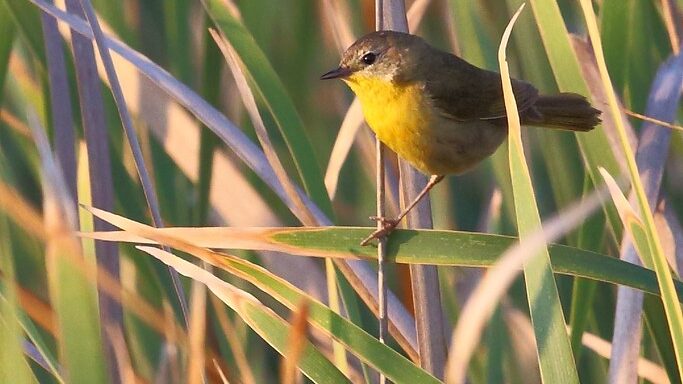
The transitional zones where different habitats meet, known as ecotones, become particularly active during the first hour after sunrise, offering birdwatchers strategic positioning for maximum species diversity. These edge environments—such as where forests meet meadows, wetlands border uplands, or shrublands transition to open fields—serve as natural highways and feeding grounds for multiple bird communities simultaneously. The morning light penetrates these edges at appealing angles, illuminating birds as they move between nighttime roosting sites in denser cover to daytime feeding areas in more open terrain. Edge habitats typically support up to three times more bird species than homogeneous environments, making them ideal locations for birdwatchers hoping to maximize their species counts during limited morning observation windows. The combination of multiple microhabitats creates natural “staging areas” where birds from different ecological niches temporarily converge during dawn activities.
11. Weather Front Boundaries (Mornings Before Storms)
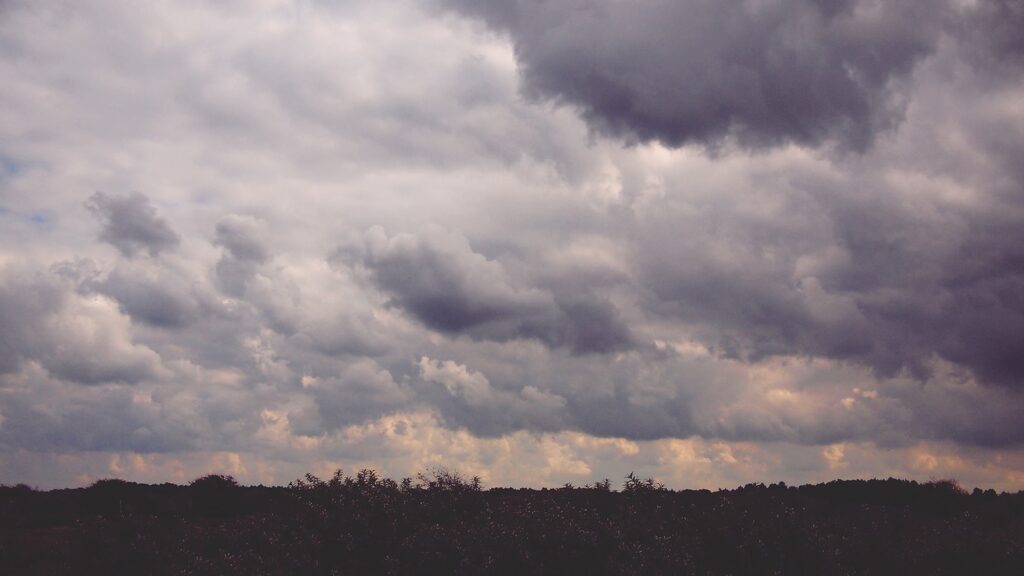
The mornings preceding incoming weather systems, particularly in spring and fall, trigger remarkable surges in bird activity that knowledgeable birdwatchers actively seek out. Birds possess a sophisticated ability to detect barometric pressure changes, often responding to approaching fronts with intensified feeding and movement hours before humans notice any weather shifts. Migrating species may make unexpected stops or concentrated movements ahead of systems, temporarily concentrating birds that would otherwise be spread across wider areas. Insectivorous birds become particularly active as changing pressure causes insects to fly lower or emerge in greater numbers before storms. The distinctive pre-storm light conditions, often characterized by unusual clarity or dramatic cloud formations, can also create exceptional conditions for both observation and photography during these meteorologically significant mornings.
Essential Tips for Maximizing Morning Birdwatching Success

To fully capitalize on these prime birdwatching periods, preparation and technique are essential companions to proper timing. Arrive at your chosen location at least 15 minutes before your target observation period to allow wildlife to adjust to your presence and to give your eyes time to adapt to the available light conditions. Dress in layers with neutral colors that blend with the environment, and consider using a blind or portable chair that minimizes your movement profile against the landscape. Familiarize yourself with the expected dawn chorus sequence for your region, as different species typically begin singing in a relatively predictable order that can help you identify birds by ear even before visibility improves. Maintain detailed field notes about the timing, weather conditions, and bird activities you observe, as these patterns will become increasingly valuable for planning future excursions and contributing to community science projects that track bird behaviors and populations.
Conclusion: Embracing the Morning Bird Symphony
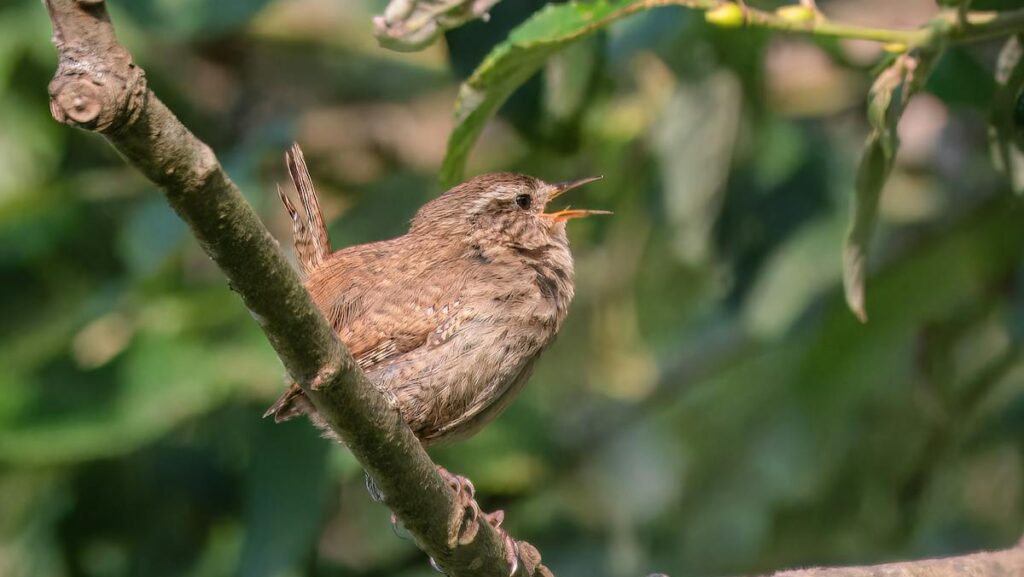
The morning hours represent the richest window into the world of songbirds, offering unparalleled opportunities to witness these creatures at their most active and vocal. By strategically planning your birdwatching excursions around these ten optimal times, you’ll dramatically enhance your chances of meaningful encounters with both common and rare species. The morning bird chorus connects us to natural rhythms that have existed for millennia, providing not just opportunities for identification and listing, but moments of genuine connection with the natural world. Whether you’re a novice birdwatcher or a seasoned ornithologist, these golden hours of dawn activity remain the most rewarding times to witness the remarkable behaviors, songs, and beauty of our avian neighbors. As you build your personal experiences around these optimal viewing times, you’ll develop an intuitive sense for the perfect moments to be present, binoculars ready, as the world of birds awakens to each new day.
